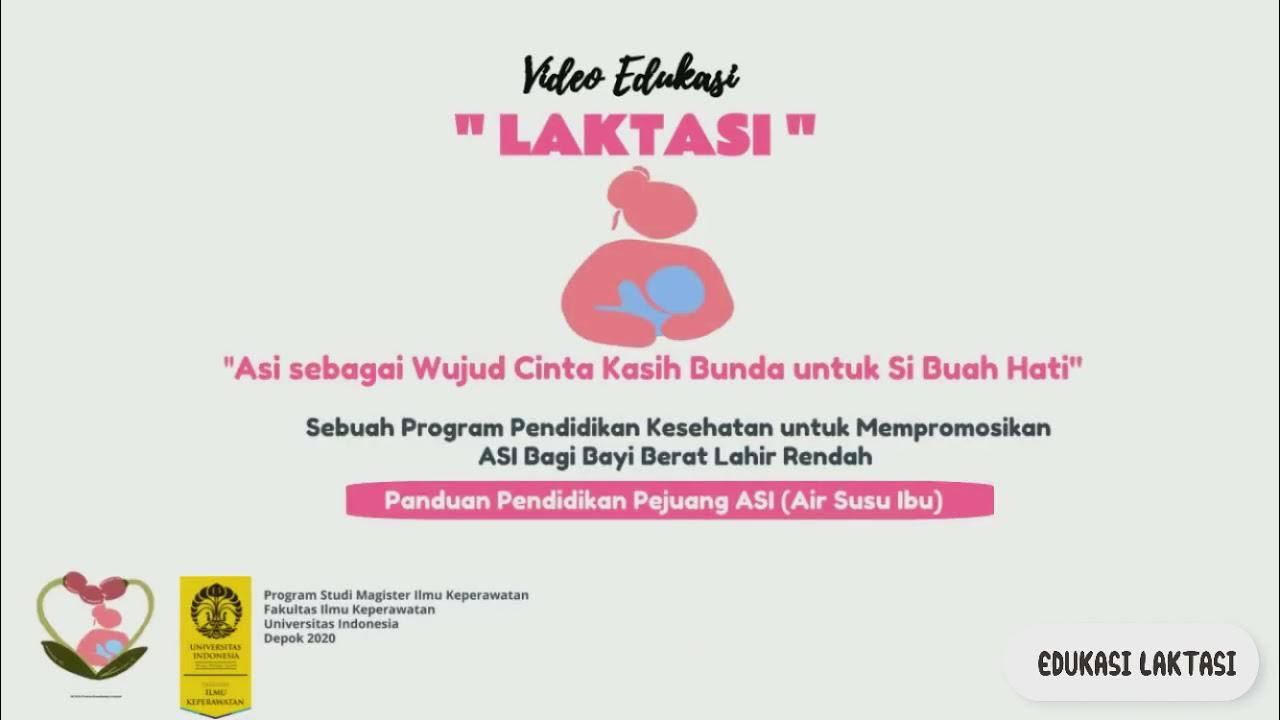How to stop breastfeeding without pain & make your baby to sleep throughout the night
Summary
TLDRThe transcript discusses various challenges and techniques related to breastfeeding, including how to stop or reduce breastfeeding frequency. It covers advice on managing milk production, tips on easing discomfort, and practical solutions for mothers transitioning away from breastfeeding. The script also mentions potential physical reactions, such as fever, and recommends ways to handle them. Additionally, it touches on emotional and logistical aspects, offering support for mothers dealing with this phase of parenthood. Overall, the video provides a detailed guide to help mothers navigate the breastfeeding cessation process.
Takeaways
- 🍼 Breastfeeding tips: The speaker discusses the process of stopping breastfeeding and provides advice on managing the frequency of feedings as the child gets older.
- 🥄 Reducing frequency: They suggest gradually reducing feeding times to help the baby and mother transition away from breastfeeding.
- 🌡️ Fever and discomfort: The speaker acknowledges that stopping breastfeeding may sometimes cause mild discomfort or fever, but reassures that this is normal.
- 💧 Milk production: There are tips on reducing milk production using hot compresses or techniques like reducing feeding sessions and using a breast pump.
- 🛏️ Transitioning to sleep: They talk about sleep adjustments and how the baby may respond to weaning from breastfeeding during nighttime.
- 🏥 Professional advice: The speaker mentions consulting with a doctor or nurse to address issues related to stopping breastfeeding and managing potential discomfort.
- 📊 Gradual weaning: The importance of a slow, phased weaning process to make the experience smoother for both mother and child is emphasized.
- 🍼 Formula alternatives: They mention using formula or alternative feeding solutions to ensure the baby continues to receive adequate nutrition during and after the transition.
- 😓 Emotional challenges: The speaker touches on the emotional difficulties of weaning, acknowledging the bond created during breastfeeding and how to manage the change.
- 📺 Video tutorial style: The speaker frequently refers to video content, advising viewers to subscribe for more guidance and tips related to breastfeeding and parenting.
Q & A
What is the main subject discussed in the video?
-The video mainly discusses the process of weaning a child off breastfeeding, including the challenges and methods to stop breastfeeding effectively.
What specific methods are mentioned for reducing breastfeeding frequency?
-The video mentions gradually reducing the breastfeeding frequency by cutting down on feeds, especially during the nighttime, and offering alternative forms of comfort like using a recliner or soothing the child in other ways.
What challenges does the speaker mention about the weaning process?
-The speaker mentions difficulties like the child crying, adjusting to less frequent feedings, and potential discomfort from milk production as the mother tries to stop breastfeeding.
What solution is suggested for breast pain or discomfort during weaning?
-Heat compresses and breast pumps are suggested to help relieve breast discomfort and manage milk production during the weaning process.
How does the speaker recommend handling nighttime feedings?
-The speaker advises reducing nighttime feedings gradually, using alternative methods to soothe the child at night, such as cuddling or other comfort techniques.
What is the speaker’s approach to ensuring a smooth transition for the baby?
-The speaker emphasizes a gradual reduction of breastfeeding frequency while providing emotional comfort and support to the baby during this transition.
What are some potential side effects mentioned during the weaning process?
-The speaker notes that some children may experience emotional distress, crying, and difficulty adjusting. The mother may also face physical discomfort and potentially mild fever as milk production slows down.
What alternatives to breastfeeding are discussed for feeding the child?
-The speaker suggests introducing formula or solid food, depending on the age of the child, as part of the transition away from breastfeeding.
How long does the speaker suggest the weaning process might take?
-The speaker doesn’t specify an exact timeframe but suggests that the process can take several weeks, as it involves gradually reducing the number of feedings until breastfeeding is completely stopped.
What advice is given for dealing with emotional challenges during weaning?
-The speaker advises being patient with both the mother and child, offering comfort in non-breastfeeding ways, and maintaining a positive and calm environment during this emotionally challenging time.
Outlines

This section is available to paid users only. Please upgrade to access this part.
Upgrade NowMindmap

This section is available to paid users only. Please upgrade to access this part.
Upgrade NowKeywords

This section is available to paid users only. Please upgrade to access this part.
Upgrade NowHighlights

This section is available to paid users only. Please upgrade to access this part.
Upgrade NowTranscripts

This section is available to paid users only. Please upgrade to access this part.
Upgrade Now5.0 / 5 (0 votes)





